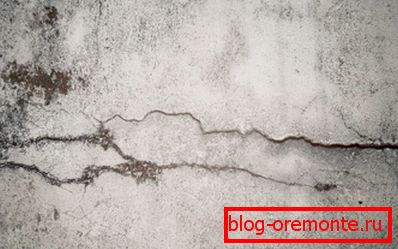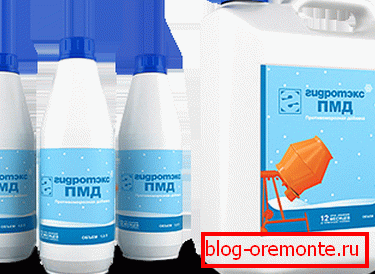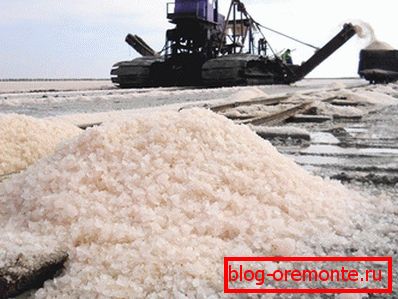Is it possible to add salt to concrete: advantages and
Quite often, in the manufacture of various compositions or mixtures, professional craftsmen use components in the form of salt, which should give it additional qualities. At the same time various disputes arise over whether it is necessary to do this and in what proportions. Therefore, the question of why they add salt to concrete, and how much is needed to achieve the desired result, is very exciting for novice specialists.

Advantages and disadvantages
In order to resolve this dispute, it is necessary to consider all the advantages and disadvantages of this method and on their basis draw a conclusion. In this case, the question of how much salt to add to concrete should be answered only with a positive result of the study.

The need for salt
It is believed that if you add salt to concrete, it gets additional features that allow you not to cover the water in the cold, which means that you can work in the winter at sub-zero temperatures.
Also, some masters claim that due to this delivery, the rate of hardening increases, since this substance draws moisture.

- It is worth noting that when asked about how much salt to add to concrete, no expert can give an exact answer.. The fact is that some builders believe that this depends on the total volume of the mortar, while at the same time other masters say that the percentage correlates with the temperature outside.
- It is also necessary to say that the question of how much salt to add to concrete in winter is asked by people who delayed repairs or incorrectly allocated time to make one or another process.. If professionals plan, construction in cold weather does not use additives, but additional heating systems and the corresponding temperature of the mixture.

- It is very important to say that the addition of salt to concrete to give it special qualities is a kind of myth. The fact is that there is practically no benefit from this, since according to the statement of those who use it, the temperature should not be less than 7 degrees.
Tip! It is much easier to purchase ready-made concrete at a plant that makes hot mixtures with a high pour point. However, it is necessary to work with such a composition very quickly so that it does not clutch.

disadvantages
First of all, it should be noted that the material with the addition of salt can be cut with ordinary circles. Cutting reinforced concrete with diamond circles will no longer be necessary, since the frozen product will be less durable, which will also affect its service life.
It should be noted that the salty environment adversely affects the fittings. Therefore, if we add salt to concrete with inclusions of metal, then it must be remembered that it will almost immediately begin to cause corrosion and weaken the entire structure over time.

Also, this technical solution will eventually give visual effects. Salt will protrude to the surface in the form of a white precipitate, which looks very ugly.
Given the seriousness of these shortcomings, professionals do not recommend using this method. At the same time, the question of how much salt must be added to concrete naturally remains unanswered.
Tip! Using warm formwork or artificial heating of concrete is much more practical, although it leads to additional costs.

Other additives
It is worth noting that the obsessive desire to do the work with their own hands and at minus temperatures sometimes does not justify the costs. However, if the budget is small, then you can use special additives for concrete, which are sold in the markets of building materials.
These materials allow you to work even at a temperature of minus 17, although this depends on the brand of the chosen agent. At the same time, the strength of the solution does not decrease at all and diamond drilling of holes in concrete will again become relevant.

Some masters believe that such mixtures are not environmentally friendly. However, their instruction usually states the opposite, since such ingredients include only natural ingredients.
Among the main advantages of such compositions is their efficiency. The fact is that their price and consumption are very small, especially in comparison with other heating options.

Conclusion
After reading the video in this article, you can get additional data on a similar method of concreting. Also taking as a basis the article proposed above, it should be concluded that salt is not the most successful additive to work in the cold season.